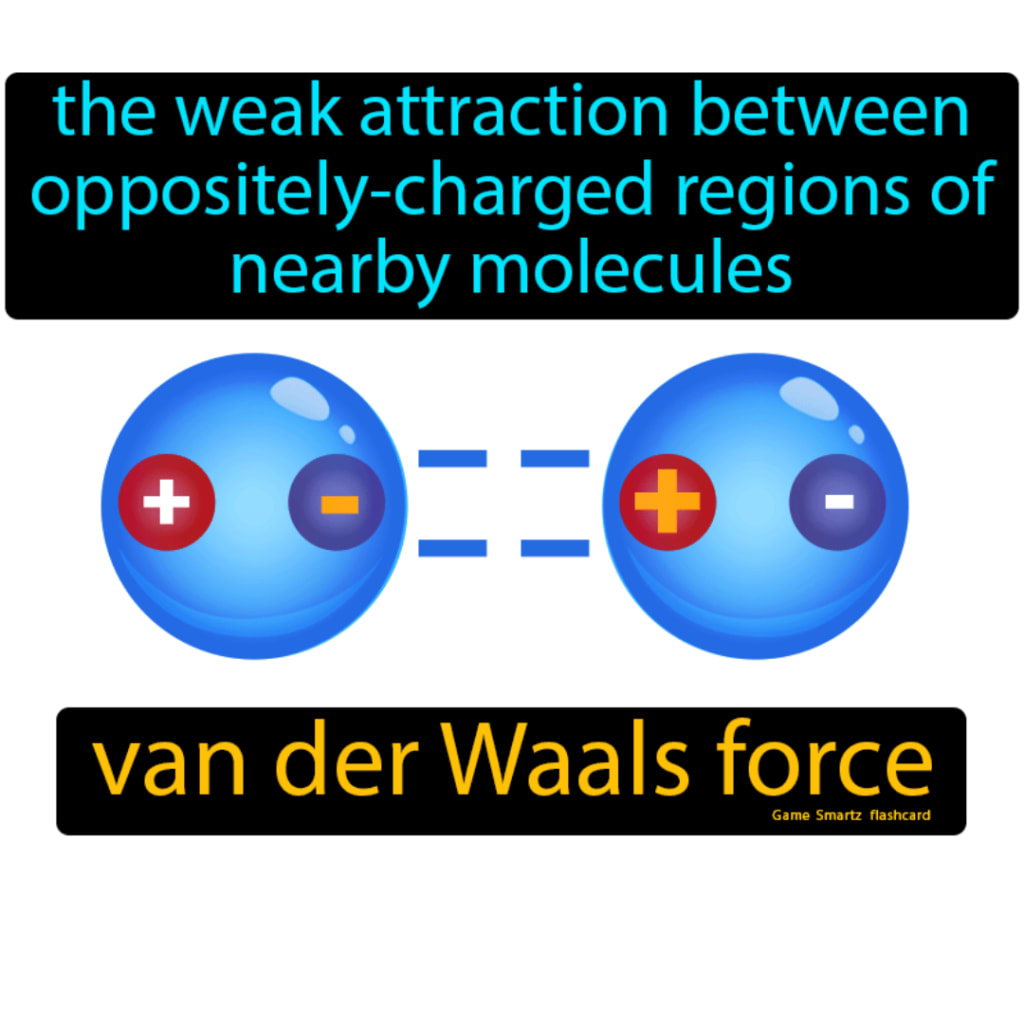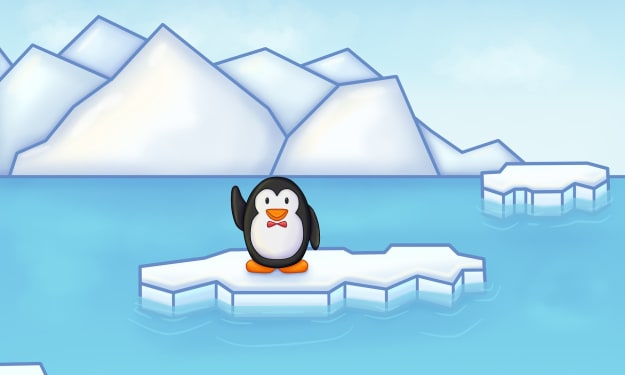Understanding Van der Waals Forces: The Subtle Intermolecular Attraction
Exploring the Weakest Intermolecular Force and Its Implications

Van der Waals forces are weak intermolecular forces that attract neutral molecules to each other. Let's take a closer look at what Van der Waals forces are.
Van der Waals Force
The Van der Waals force was discovered by the Dutch physicist Johannes Diderik Van der Waals in 1873 to account for the properties of gasses. Unlike covalent or ionic bonds, the Van der Waals force depends on the distance between molecules, vanishing at longer distances. It is the weakest intermolecular force compared to other forces like ionic, metallic, and covalent bonds.
The bond energy of the Van der Waals force is less than 8 kJ per mole, whereas the bond energy of strong forces like ionic and covalent bonds is more than 200 kJ per mole. The Van der Waals force is a short-range force, with its magnitude being higher when molecules are closer to each other.
When the distance between molecules or atoms is more than 0.6 nm, the force is so weak that it cannot be observed. If the distance between molecules is 0.4 - 0.6 nm, the forces are attractive, and if it is less than 0.4 nm, the force becomes repulsive in nature.
Except for dipole-dipole interactions, Van der Waals forces are independent of temperature. These forces are additive in nature and consist of several individual interactions.
Types of Van der Waals Forces
Van der Waals forces have been categorized into five types depending on the nature of interacting molecules:
- Ion-Dipole Interaction: This interaction occurs between an ion (anion or cation) and a dipole. A dipole is a polar molecule with one side positively charged and the other side negatively charged. An example is the attraction between ions in salt and water molecules in solution. Among the five types of Van der Waals forces, this is the strongest.
- Dipole-Dipole Interaction: This is the interaction between two permanent dipoles of different molecules. For example, in a cup of water, the polar molecules of H2O interact with each other via dipole-dipole interaction. Hydrogen bonding is a specific type of dipole-dipole interaction.
- Ion-Induced Dipole Interaction: This interaction occurs between an ion and a non-polar molecule, where the presence of the ion induces polarity in the non-polar molecule. An example is the interaction between Br2 and H2.
- Dipole-Induced Dipole Interaction: Similar to the ion-induced dipole interaction, here the second molecule is non-polar, with polarity induced by the presence of a polar molecule. An example is the interaction between HCl and H2.
- Instantaneous Dipole-Induced Dipole Interaction: In this case, both molecules are non-polar, but at any particular instance, one molecule generates polarity due to the special arrangement of its electrons, which then polarizes its adjacent molecule. This interaction is also known as London dispersion forces. An example is the interaction between two H2 molecules.
Factors Affecting Van der Waals Forces
The number of electrons held by the interacting molecules is one of the important factors affecting the strength of Van der Waals forces. If a molecule has a larger number of electrons, there are more chances of forming instantaneous dipoles, thus resulting in stronger Van der Waals forces.
For example, there is a significant difference between the boiling points of Xenon (-108°C) and Neon (-246°C). This difference arises because Xenon atoms experience stronger London dispersion forces compared to Neon.
The shape of molecules is another important factor determining the strength of Van der Waals forces. Long and unbranched molecules experience stronger London dispersion forces compared to short-chain and branched molecules.
For example, although butane and isobutane have the same chemical formula, they have different boiling points because the London dispersion forces between unbranched molecules of butane are stronger than those between the branched molecules of isobutane.
About the Creator
Roshan Kumar
A Random Blog Writer
Enjoyed the story? Support the Creator.
Subscribe for free to receive all their stories in your feed. You could also pledge your support or give them a one-off tip, letting them know you appreciate their work.






Comments (1)
I did chemistry for my high school last year. So, I enjoyed this!